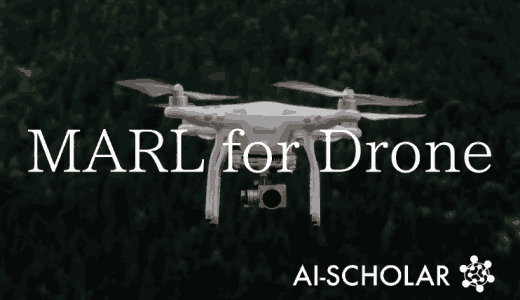Morphological Transition By Hierarchical Reinforcement Learning
3 main points
✔️ Morphological transfer learning from simple to complex robots
✔️ Hierarchical reinforcement learning to effectively transfer strategies
✔️ Successfully making complex robots learn fast
Hierarchically Decoupled Imitation for Morphological Transfer
written by Donald J. Hejna III, Pieter Abbeel, Lerrel Pinto
(Submitted on 3 Mar 2020 (v1), last revised 31 Aug 2020 (this version, v2))
Comments: Accepted at ICML2020
Subjects: Machine Learning (cs.LG); Artificial Intelligence (cs.AI); Robotics (cs.RO); Machine Learning (stat.ML)
Official
Introduction
Can we apply reinforcement learning to the real world and get complex robots to solve difficult tasks?
In order for reinforcement learning to achieve high performance, very large amounts of training data are required. Therefore, while it is possible to train a reinforcement learning agent in a game or simulator, it is not realistic to run a robot in the real world and continue to train it until it reaches high performance.
The more complex a robot is, the more time it takes to learn, the more costly it is to run, and the more expensive the robot itself will be.
If you think about it the other way around, having a very simple robot learn in the real world is much more realistic than having a sophisticated robot learn.
The paper presented in this article presents one solution to this problem by proposing a method to first learn to move a robot with a simple structure and then transfer that knowledge to a more advanced robot.
To read more,
Please register with AI-SCHOLAR.
ORCategories related to this article








